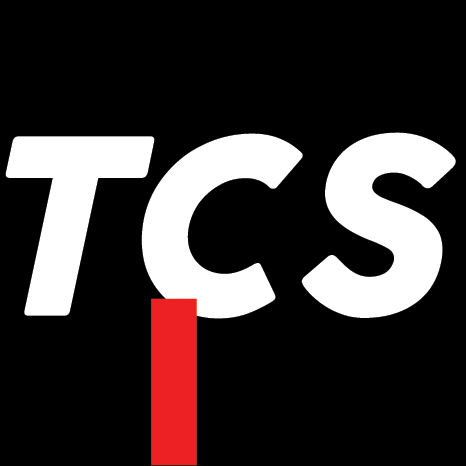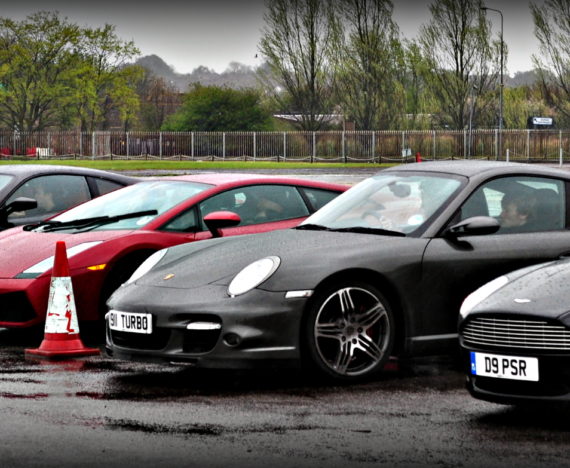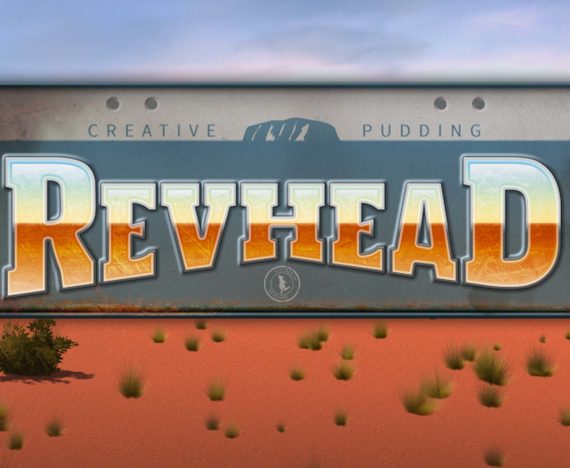This was originally written in 2016, a land before lockdowns and overwhelming despair among the car community. The car so mentioned in this article was scrapped last year.
Saturns. You might think of them as the futuristic-looking cars from the 1990s that competed with, and sometimes even beating other compact cars of the era.
The S-Series, it was its own car in General Motor’s product lineup, not derived from anything. It wasn’t badge engineered, it got treated as its own thing, the S-Series and Saturn itself. The S-Series grew the brand massively over the course of the era. Saturn even made their own engines and transmissions from scratch, as opposed to picking engines and transmissions from GM’s parts repository; this was a good thing. You still sometimes see the illustrious Twin-Cam Saturn around. There’s stories about how the S-Series can last 500,000 miles, and all it needed was routine maintenance. Even our own Cody Stewart tells me of a S-Series wagon that has been ragged on every day by construction workers and still runs 300 thousand miles later.
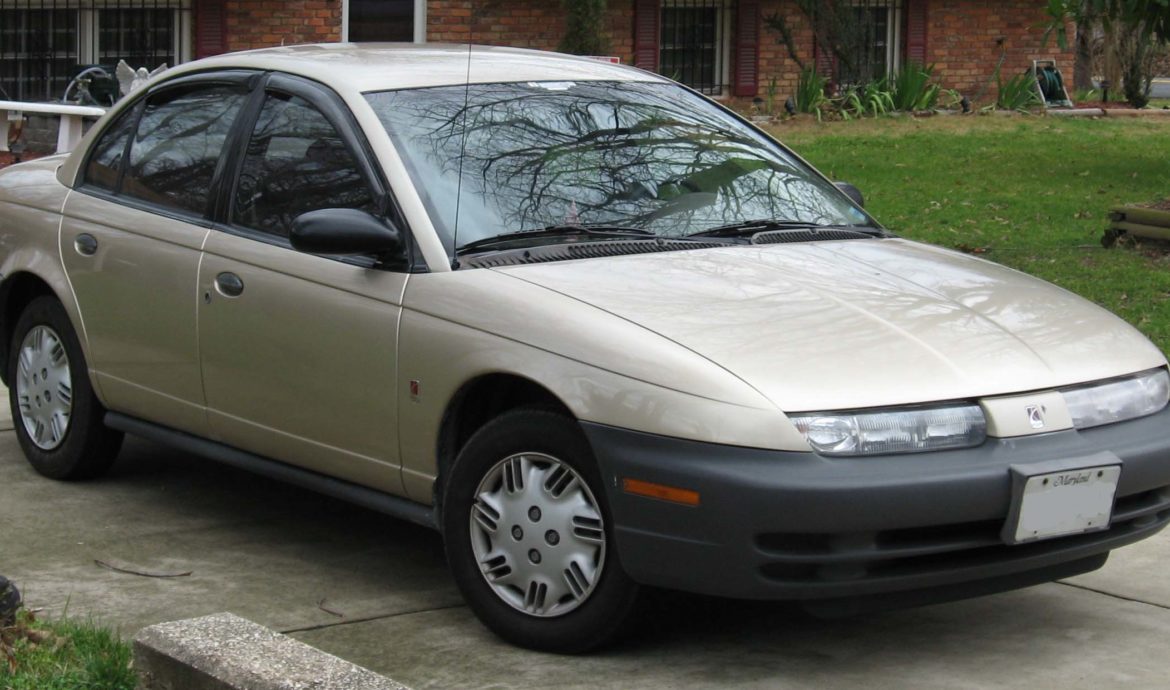
But, everything wasn’t sugar and spice. Near the end of the 1990s, the rest of the subsidiaries at General Motors were getting tired of Saturn getting the spotlight, and Saturn started to slowly degrade by the year 1999. Saturn finally had to make a newer, bigger car to meet the demand in the booming midsize sedan/wagon market.
Enter the L-Series; here’s your newer, bigger car from Saturn, a different Saturn. It wasn’t like the S-Series at all. The only thing going for the L-series car was the Saturn badge, as it was well-revered by the year 1999. Saturn made reliable, cheap, small cars. What could happen?
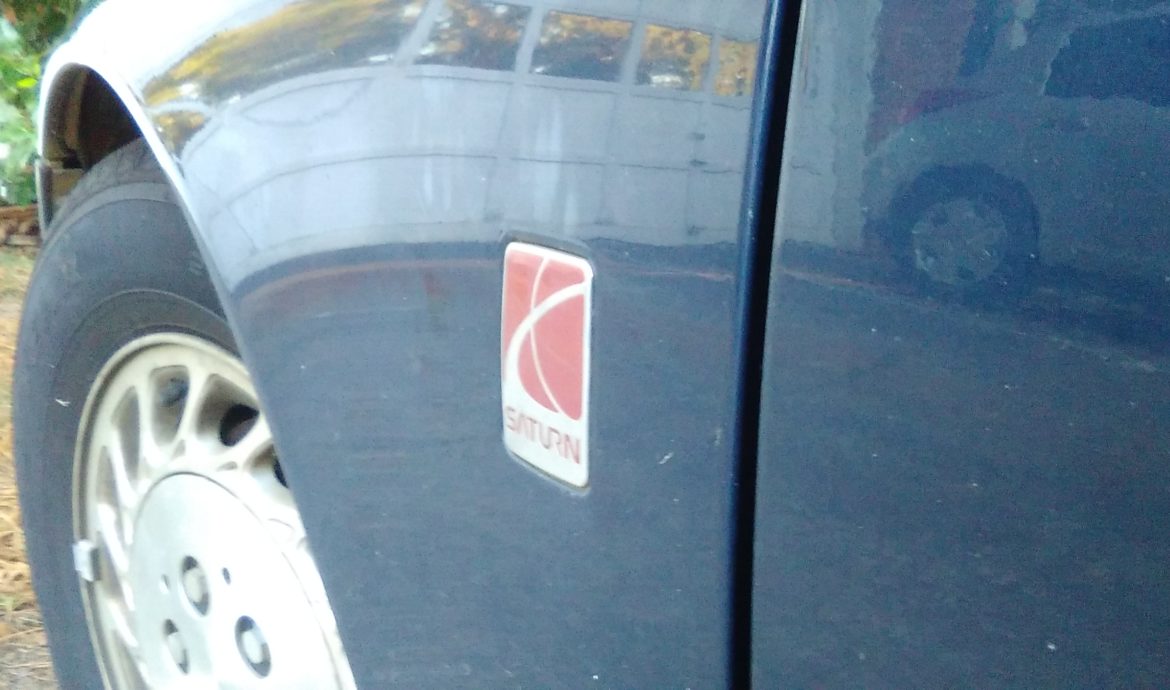
Well, apparently a lot of things with the L-Series. Let’s start with the confusing name scheme with the S-Series. The L-Series had trims such as: LS, LS1, LS2. Now compare those to the S-Series’: SL, SL1, SL2. You see where you can get those mixed up? In 2001, Saturn made the L-Series trims L100 to L300, because people got them confused so often. Parts store clerks have mixed it up at least twice, giving us a wrong set of brake pads and brake rotors and that is just the start of the confusing things about this car.
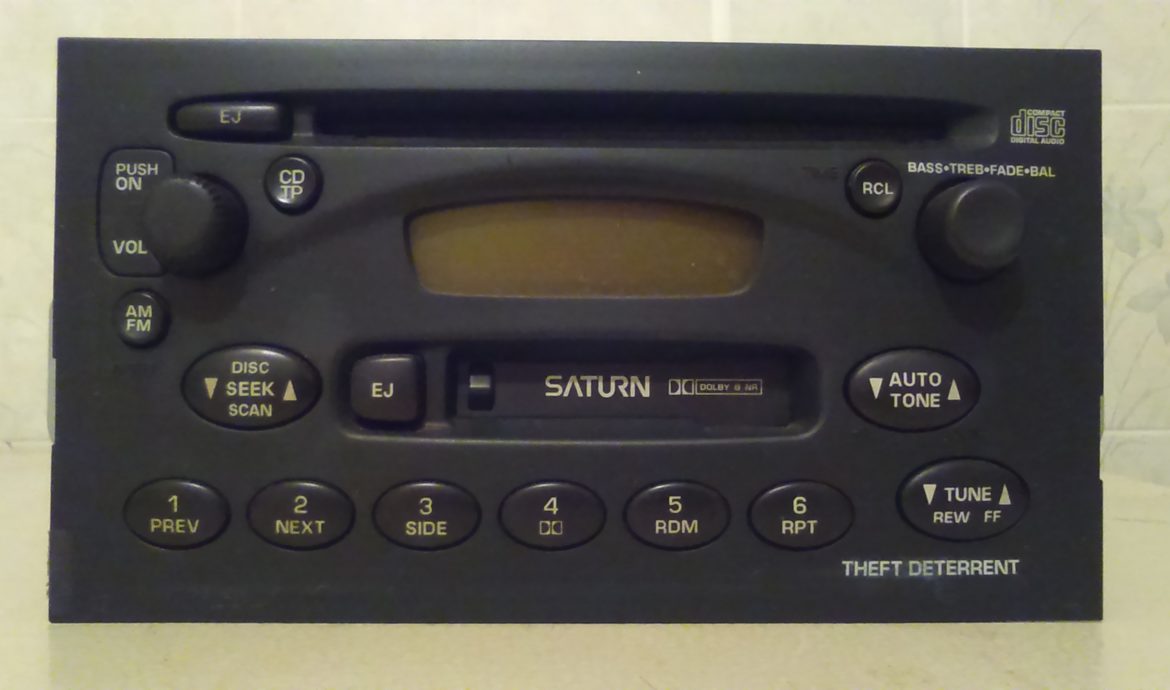
Calling the L-Series an exercise in brand engineering is an understatement. It was based on the GM2900 platform, which is shared with the Opel Vectra B, and all of its rebrandings, not a Saturn engineered platform like the S-Series was. The engines in the L-Series aren’t Saturn engineered, either. The base engine was the 2.2L Ecotec L61, which made 137 horsepower. It is an average 16 valve, dual overhead cam job which isn’t bad, but it’s not great either. The optional engine, a 3.0L GM L81 ‘Ellesmere’ V6 engine, made 180 horsepower. This is what is in my mom’s car, since hers is an LS2, which got the V6 standard. It to is also… not that great. The engine has a pretty linear torque curve, but it’s plagued with issues. Another rebranded thing on this car is the brake rotors, which say Saab on them, as the 9000 and 9⁵ share parts with this car.
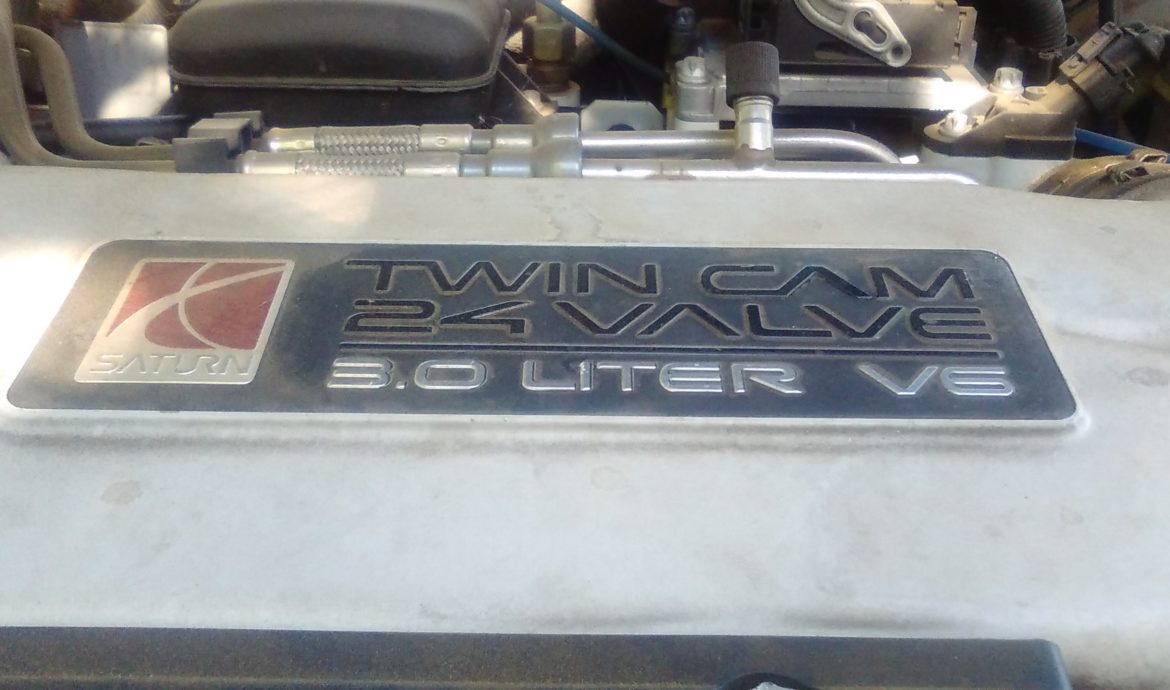
So, about those engines; they have issues. The 2.2L Ecotec motor had timing chain problems. The older 2000-2002 design didn’t allow enough oil flow to get to the chain, making it fail over time. This mishap was only reported to be on about 20,000 cars, but an issue is an issue; enough to make the North Carolina Consumers Council flat out recommend not buying the L-Series. The 3.0 V6 had even more issues though. We have had to replace the entire intake manifold to the tune of about $400, due to an internal vacuum leak. The issue came back by the way, so now it idles, lumpy at best, around 550 RPM which trips a CEL. What’s beneath that intake manifold you ask? Oh, an oil cooler. Why does this car need an oil cooler inside the cylinder banks? Why does it even need an oil cooler in the first place? I don’t honestly know. Also, the ECU is bolted to the intake manifold. Why? Again, I have no clue.
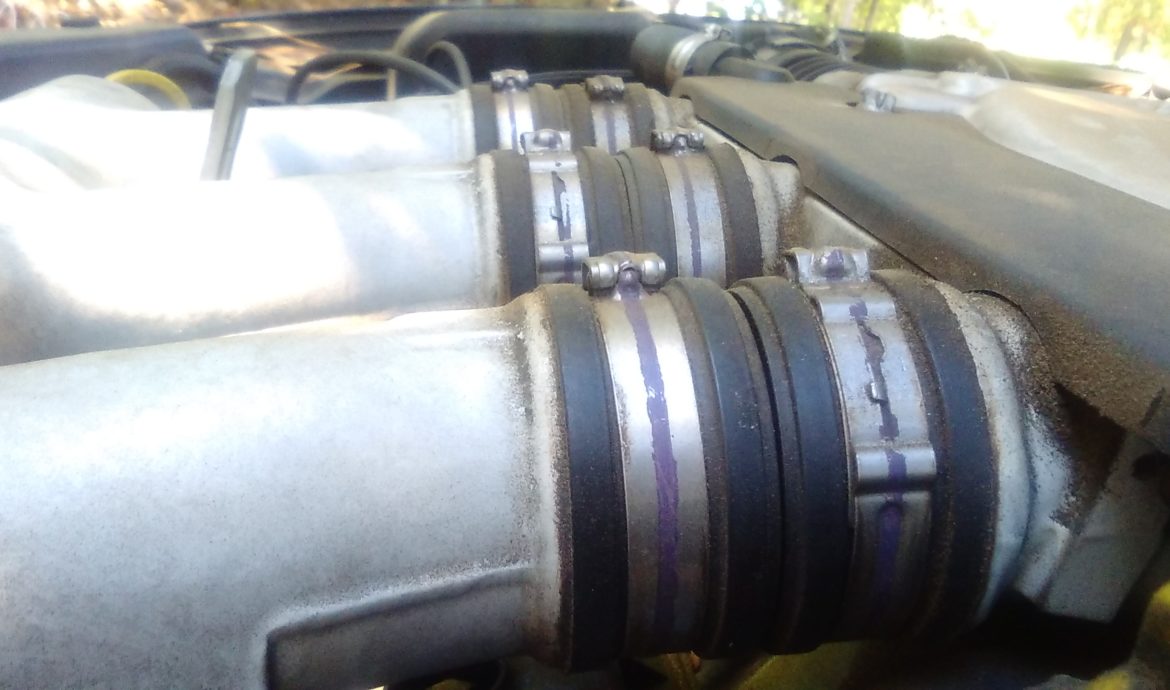
But our engine has not had many issues during our ownership of the car, well, compared to everything around it. The transmission completely faile; It can shift into Neutral and roll, but thats about it. Why did this happen? I can’t be sure, but a bit of abuse from about 4 or 5 past owners, combined with GM engineering oversights isn’t out of the question.
This car came equipped with either the Getrag F23 manual transmission, or the GM 4T40-E automatic transmission, which is rated for less torque than this engine produces. That means, over time, the power from the engine can overcome the transmission, and it gets jerky because the clutches wear… that’s what happened here. You have to let off the throttle before it shifts, as you should do in a 2nd-gen Smart Fortwo, because it seems both of them prefer being manuals. Poor transmission job, GM.
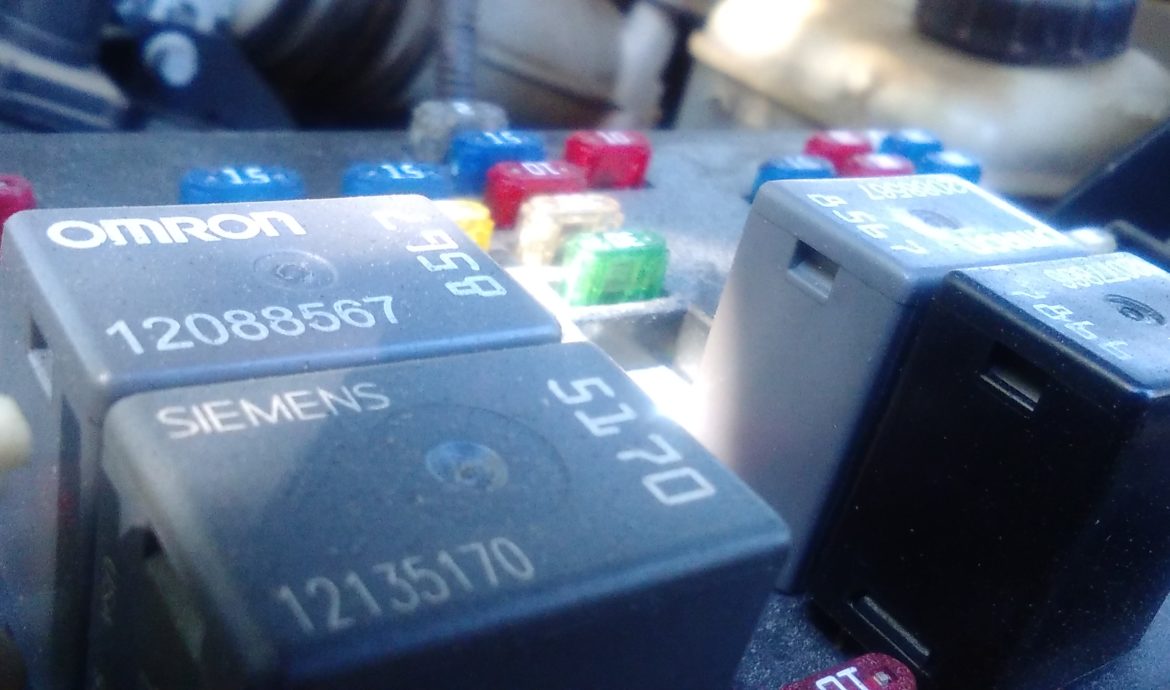
Now…. since GM decided to build this entire car, it didn’t sell well in the arms of Saturn. Saturn fans liked the S-Series. A simple car built all by Saturn, with some verve in the chassis and a powerful motor that lasted more than 200,000 miles. This isn’t the S-Series.
The car feels kind of stiff through a corner until it leans and flops over after turn-in. It’s definitely tuned for major understeer because the rear end just stays kind of stuck, it won’t even follow the front wheels very well from the driver’s seat. The steering has a decent amount of play, but it’s a rather medium weight throughout the lock. The throttle is very touchy. Give it an inch of throttle travel and the engine wants to rip out of the bay, even if the transmission doesn’t like to shift when you want it to, making you fiddle with the fiddly throttle even more? Everything is fiddly with this car even when it is working right. The brakes are just an on/off affair. There’s no middle ground. The engine does pull through the midrange nicely when you are more than halfway into the throttle however, and if you slam on the throttle it will peel through first gear which is kind of fun.
Another gripe I have is that this car eats through brakes. We have had to replace the brake pads twice, and get a new set of brake rotors in the course of about 30,000 miles. That’s not normal. Also the third brake light caught on fire because the wiring overheated… and that’s not the only overheated wire.
The driver’s side seat switch caught on fire in a spectacular fashion due to a stray trickle of rain going into a cracked window. We have had to rebuild the center console window switches twice due to malfunction, and more than this due to electrical problems.
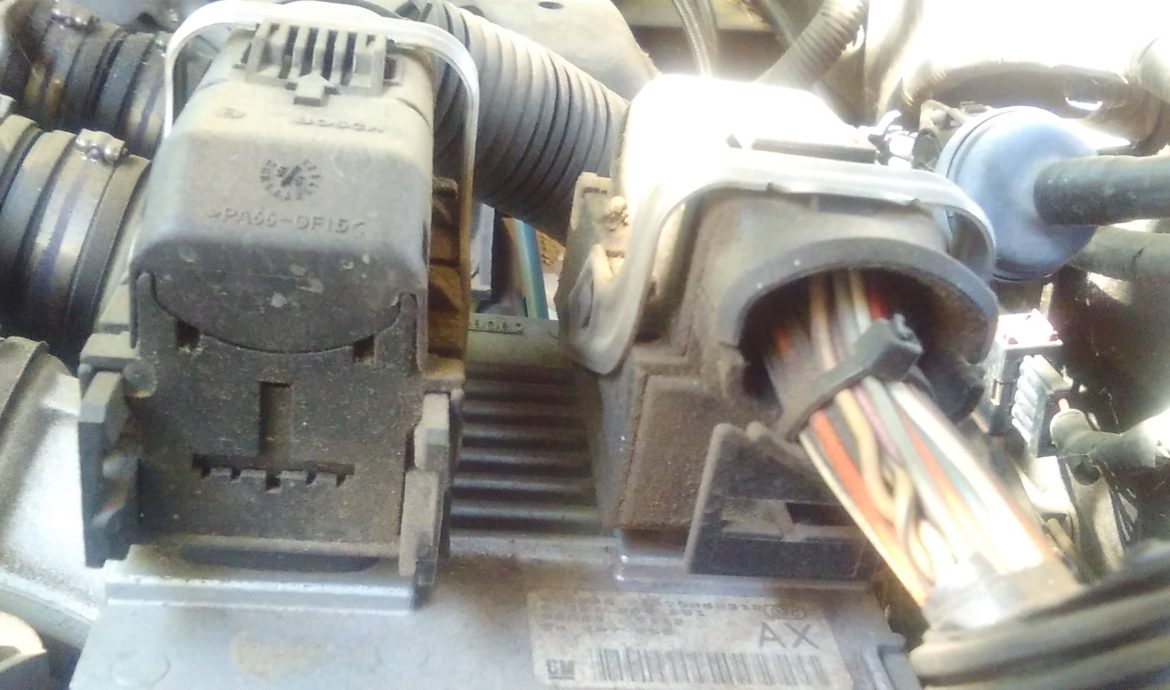
So… to cap this all off. This was Saturn’s excuse for a midsize sedan. This was rivaling the Accord and Camry. Saturn’s ads of the time told of how it was the fastest-accelerating sedan in its class and it feels it wants to accelerate itself until the whole car falls apart in a spectacular fashion.
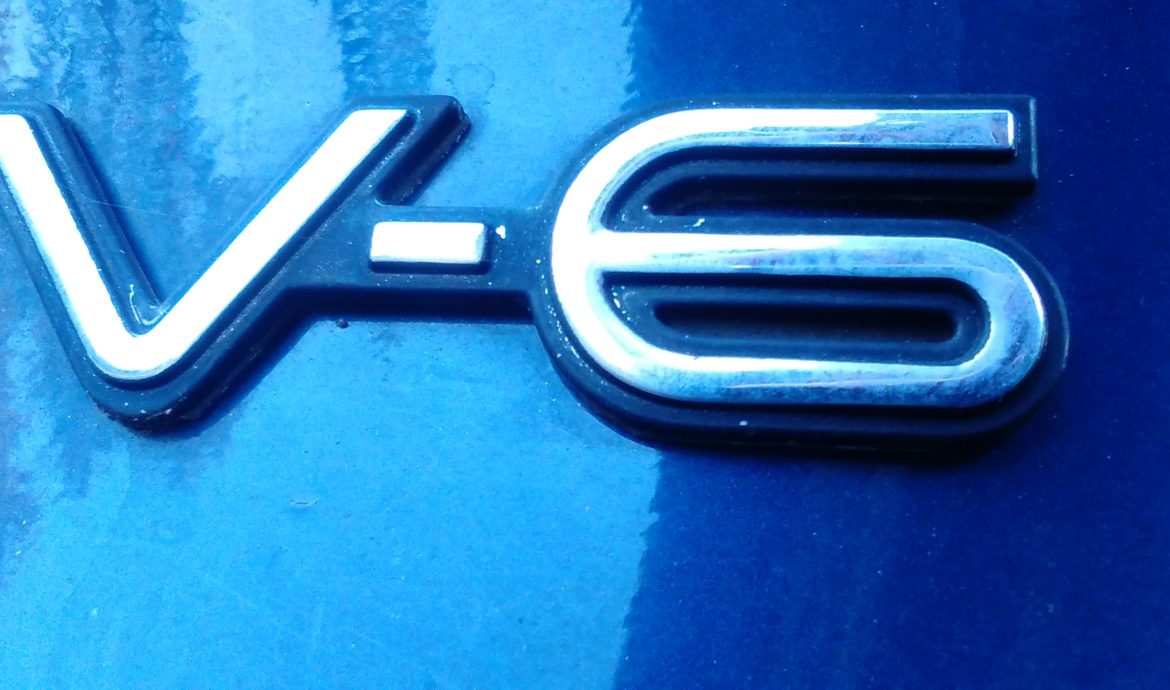
I guess that’s the ending point. It feels like it wants to accelerate… into its grave. What were you thinking GM? And why did Saturn accept this travesty of a car? I honestly have zero idea what anyone was thinking, I’m sorry L-Series. I’m sorry Saturn, but you really screwed up.


